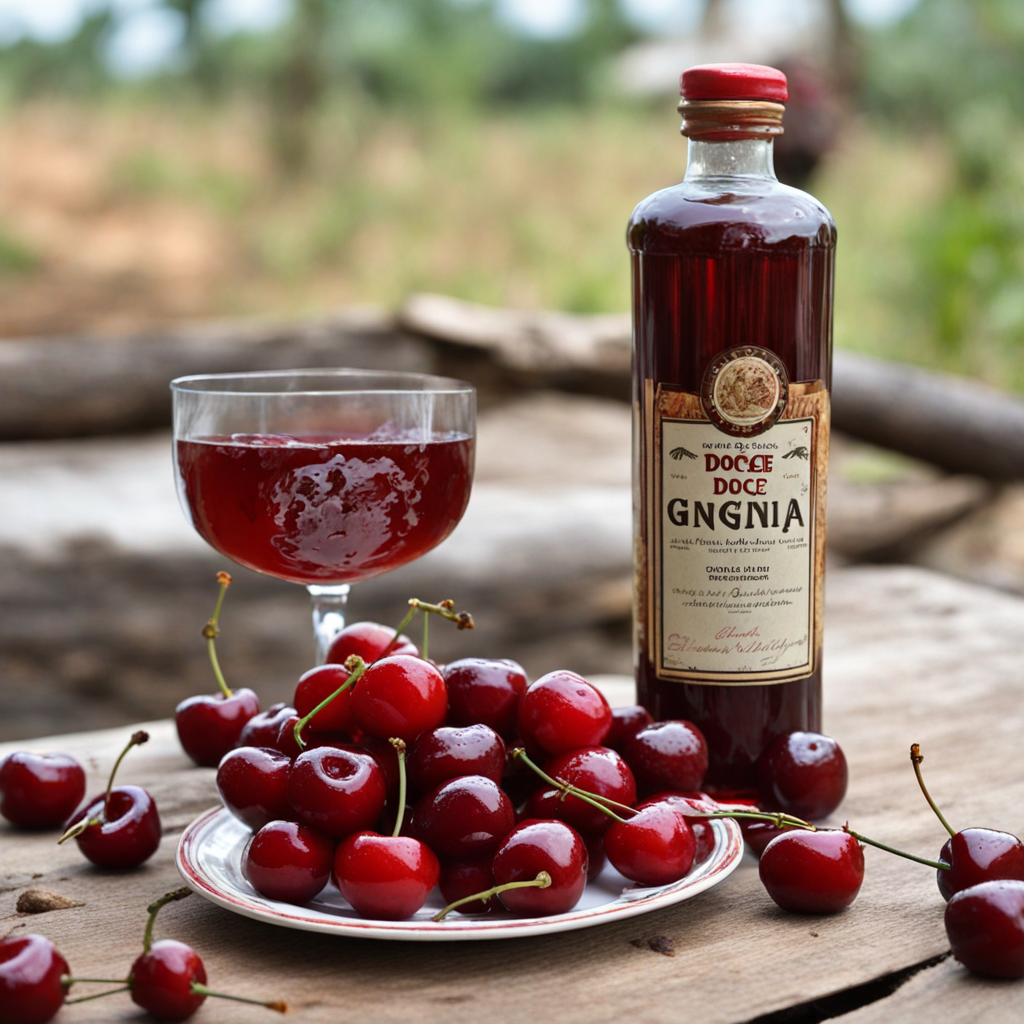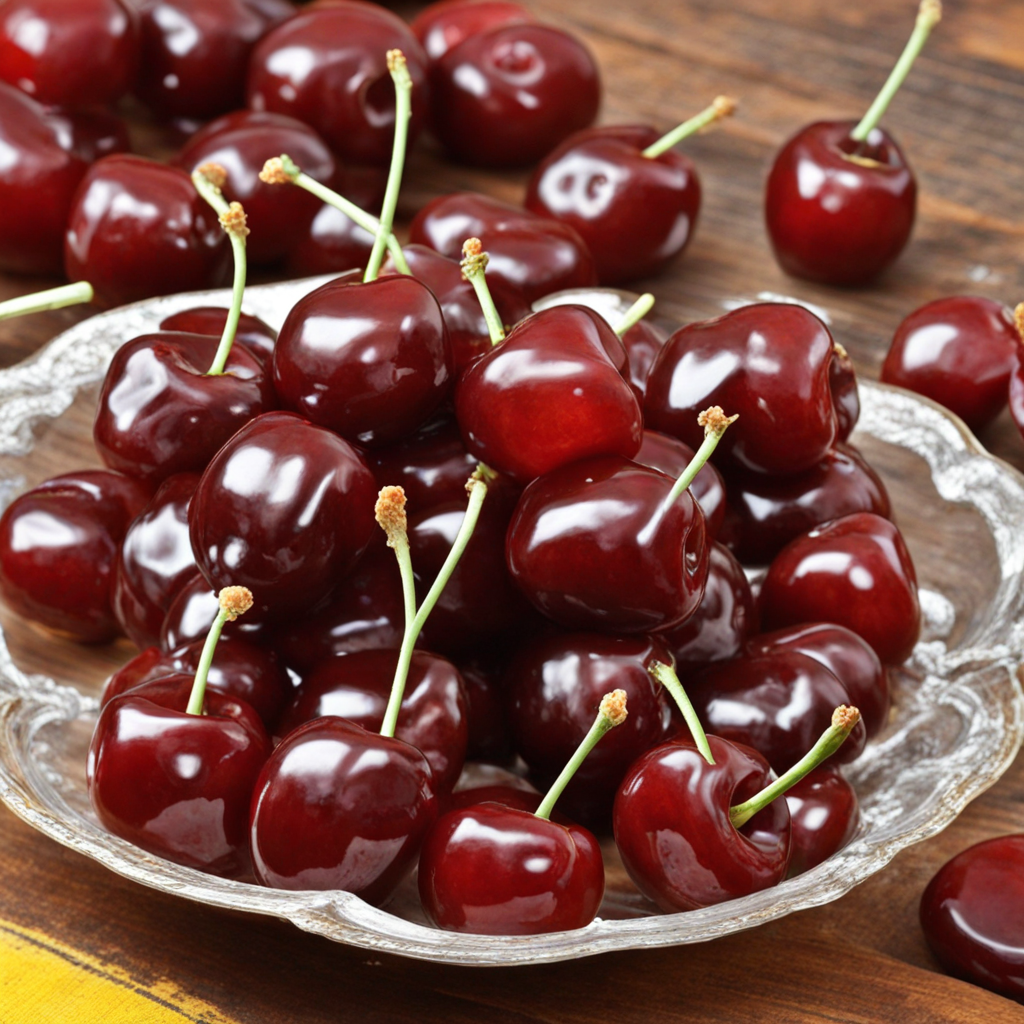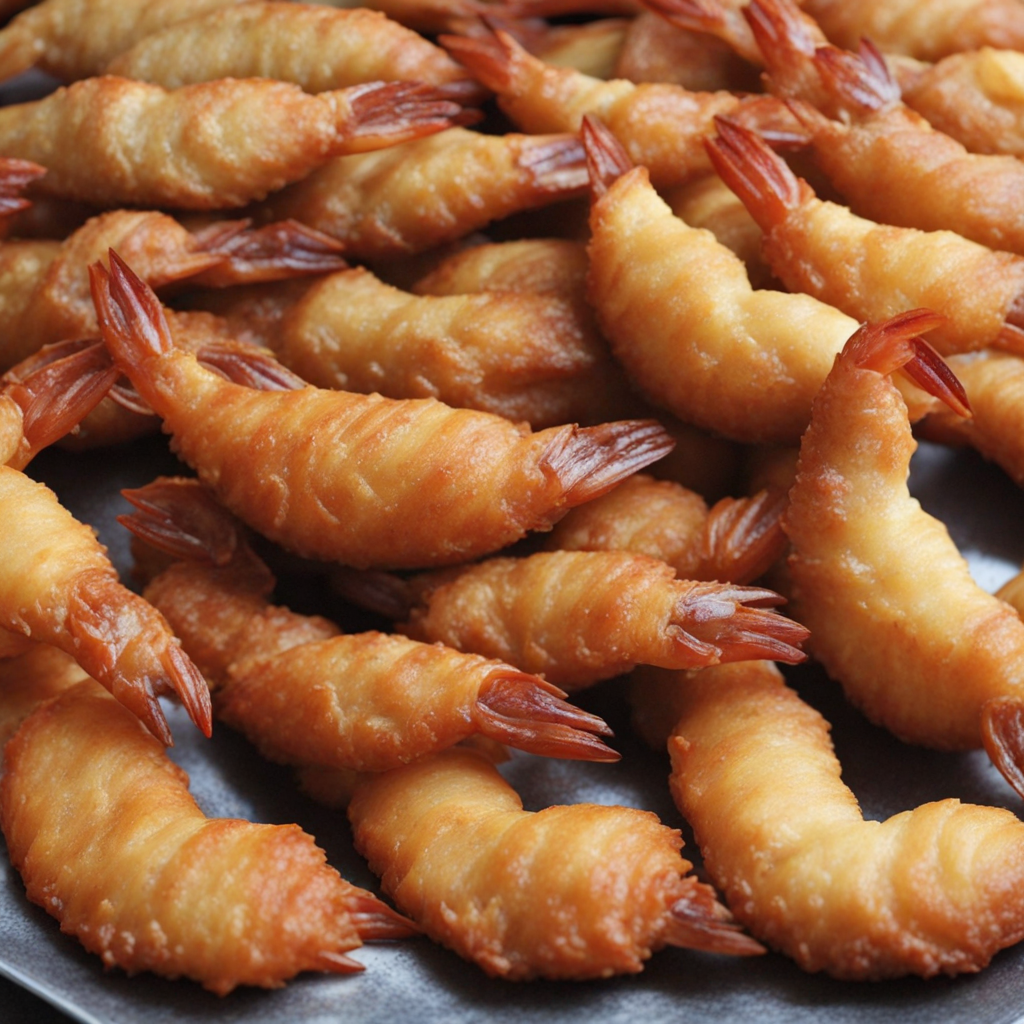Doce de Ginja
Doce de Ginja is a delightful and vibrant treat from Guinea-Bissau that captures the essence of the region’s rich culinary heritage. This sweet delicacy is made primarily from the Ginja cherry, a small, tangy fruit that flourishes in the lush landscapes of West Africa. The cherries are carefully harvested and then macerated, releasing their sweet and tart flavors, which are further enhanced by the addition of sugar and spices. The result is a luscious, syrupy confection that balances sweetness with a hint of acidity, making it an unforgettable experience for the palate. In its traditional form, Doce de Ginja is often enjoyed as a dessert or a snack, and it can be served on its own or alongside local cheeses and breads. The vibrant red color of the Ginja cherries gives the dish an appealing visual allure, while the rich flavor profile invites taste explorers to indulge in the complex notes of fruitiness and warmth. Each bite offers a burst of flavor that evokes the natural beauty and abundance of Guinea-Bissau’s landscapes, making it not just a treat, but a celebration of the local culture. For those looking to elevate their tasting experience, Doce de Ginja can be paired with a variety of beverages, such as traditional herbal teas or even a splash of local spirits. The combination of the tangy cherry sweetness with the warm undertones of spices creates a harmonious blend that enchants the senses. Whether enjoyed alone or as part of a larger feast, Doce de Ginja serves as a delicious introduction to the unique flavors of Guinea-Bissau, inviting food lovers to explore the diverse and rich culinary traditions of this West African nation.
How It Became This Dish
The Sweet Journey of Doce de Ginja: A Culinary Treasure from Guinea-Bissau #### Origins: A Fruitful Beginning Doce de Ginja, a delightful and engaging sweet treat originating from Guinea-Bissau, is a confection that encapsulates a rich tapestry of cultural influences, agricultural traditions, and historical narratives. The dessert is made primarily from the ginja fruit, known scientifically as *Eugenia uniflora*, or Surinam cherry. This small, tart fruit, with its vibrant red hue, thrives in the tropical climate of West Africa, and its presence is deeply rooted in the local ecosystems and agricultural practices. The origins of Doce de Ginja can be traced back to the late 19th and early 20th centuries when Portuguese colonial influences began to permeate West African culinary traditions. The Portuguese, who had established trade routes and colonies in the region, introduced various agricultural products and cooking techniques. They brought with them the idea of preserving fruits, a practice that would evolve into the creation of Doce de Ginja. The local populations embraced this concept, using the ginja fruit, which was abundant in the region, to create a sweet delicacy that would not only serve as a treat but also as a way to preserve the fruit for future consumption. #### Cultural Significance: A Symbol of Community and Tradition In Guinea-Bissau, food is more than just sustenance; it is a celebration of community, identity, and heritage. Doce de Ginja holds a special place in the hearts of many, often associated with festive occasions, family gatherings, and communal celebrations. The preparation of this sweet treat is typically a collective effort, bringing together family members and friends in a shared culinary experience that strengthens social bonds and reinforces cultural traditions. The recipe for Doce de Ginja has been passed down through generations, often varying slightly from family to family. This oral tradition of sharing culinary knowledge is a vital part of the cultural fabric of Guinea-Bissau. Each household may have its unique twist on the recipe, incorporating local spices, nuts, or even coconut to enhance the flavor. The process of making Doce de Ginja is usually accompanied by stories, laughter, and music, transforming the act of cooking into a cherished ritual that embodies the spirit of community. Moreover, Doce de Ginja has become emblematic of Guinea-Bissau's national identity. As the country navigated its path toward independence in the 1970s, traditional foods like Doce de Ginja became symbols of resistance and resilience. They served as reminders of the richness of local culture in the face of colonial pressures and the importance of preserving indigenous practices. Today, it is often served at cultural festivals and national holidays, reinforcing pride in the nation’s culinary heritage. #### Development Over Time: From Tradition to Modernity As Guinea-Bissau has evolved, so too has the story of Doce de Ginja. The late 20th and early 21st centuries brought significant changes to the socio-economic landscape of the country. Globalization, urbanization, and the rise of the internet have introduced new ideas and influences, transforming the ways in which traditional dishes are prepared and consumed. In urban areas, where access to ingredients and cooking facilities may differ from rural settings, the preparation of Doce de Ginja has adapted to meet the demands of contemporary life. Ready-made versions of the sweet treat are increasingly available in local markets and shops, catering to busy lifestyles while still honoring the traditional flavors. This evolution reflects a broader trend in which traditional foods are being reinterpreted for modern palates and lifestyles. However, despite these changes, the essence of Doce de Ginja remains intact. Many families continue to prepare the sweet treat using traditional methods, ensuring that the cultural legacy is not lost. Local agricultural initiatives have also emerged to support the cultivation of ginja trees, promoting sustainable farming practices and ensuring that the fruit remains a staple within the community. The rise of social media has played a crucial role in the resurgence of interest in traditional foods like Doce de Ginja. Blogs, Instagram, and YouTube have allowed food enthusiasts to share recipes, cooking tips, and personal stories related to the dessert, creating a global community of people who appreciate the culinary heritage of Guinea-Bissau. This increased visibility has also encouraged tourism, with visitors eager to experience the local cuisine and partake in the communal rituals surrounding the preparation of Doce de Ginja. #### A Culinary Legacy: The Future of Doce de Ginja As we look to the future, Doce de Ginja stands at a crossroads, embodying both tradition and innovation. The sweet treat remains a beloved part of Guinea-Bissau’s culinary landscape, but its story is still being written. Chefs and home cooks alike are experimenting with new flavors and presentations, merging traditional recipes with contemporary culinary techniques. For instance, Doce de Ginja might find its way into gourmet restaurants, where chefs elevate it into a sophisticated dessert, pairing it with modern ingredients such as dark chocolate, whipped cream, or exotic spices. Additionally, the growing interest in sustainable food practices has prompted a renewed focus on local ingredients, including the ginja fruit. As consumers become more aware of the importance of supporting local agriculture and preserving culinary traditions, Doce de Ginja is poised to thrive, both as a beloved local favorite and as an ambassador of Guinea-Bissau’s rich cultural heritage. In conclusion, Doce de Ginja is more than just a sweet treat; it is a symbol of resilience, community, and cultural identity in Guinea-Bissau. Its journey from a local delicacy to a cherished emblem of national pride reflects the dynamic interplay between tradition and modernity. As the world continues to evolve, so too will the story of Doce de Ginja, ensuring that this delicious piece of history remains a cherished part of Guinea-Bissau's culinary landscape for generations to come.
You may like
Discover local flavors from Guinea-bissau







